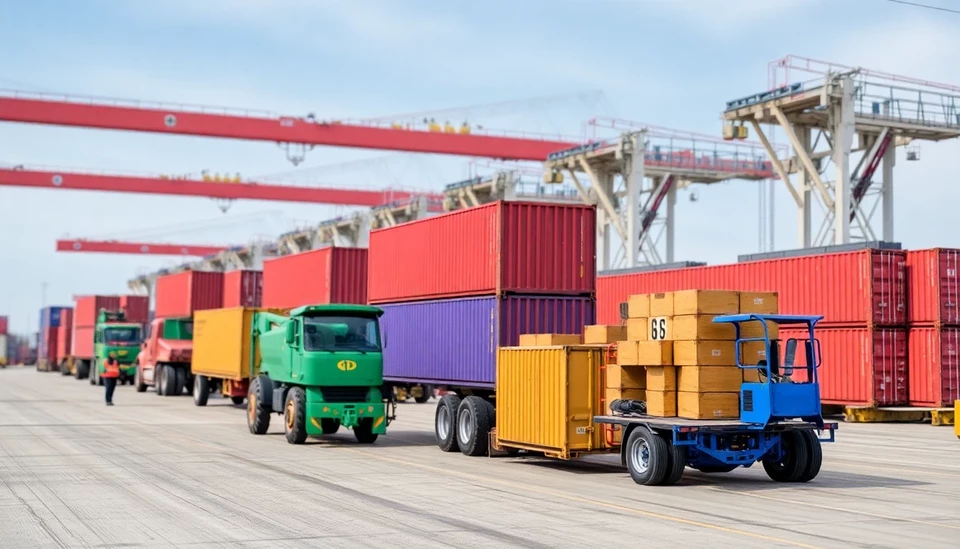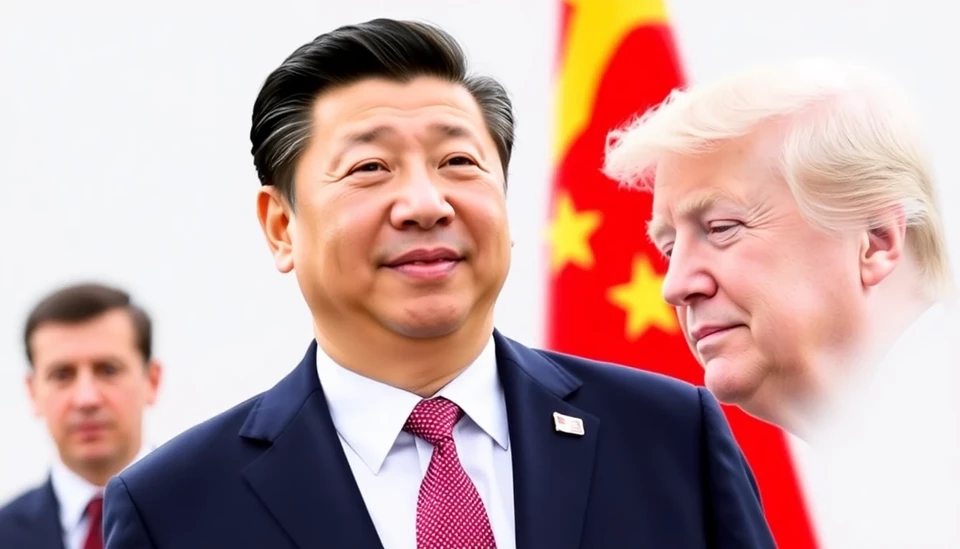
As the economic landscape continues to evolve, consumers are increasingly concerned about rising prices on major retail platforms like Amazon and Walmart. Recent reports suggest that new tariffs imposed on various imported goods are contributing to this alarming trend, leaving shoppers wondering about the impact on their wallets.
Over the past few months, analysts have observed a noticeable increase in prices for a wide range of products available on these platforms. Items such as electronics, clothing, and household goods have seen significant markup, prompting speculation about the underlying causes. A key factor appears to be the tariffs levied on specific imports, which are designed to protect domestic industries but often lead to higher costs for consumers.
The economic repercussions of tariffs can often ripple through the supply chain. Importers typically respond to the costs instigated by tariffs by raising their prices to maintain profit margins. This, in turn, affects retailers like Amazon and Walmart, who must either absorb these costs or pass them on to consumers. In recent weeks, customers have expressed their frustrations on social media, pointing out that what were once affordable products are now becoming prohibitively expensive.
Experts assert that while tariffs can serve to bolster local manufacturers, they often lead to inflated prices that may hurt consumers in the long run. The challenge for both retailers and consumers lies in balancing the need for domestic job protection with the affordability of everyday goods. As many shoppers grow accustomed to low prices championed by online retail, the sudden shift to higher prices could have lasting implications on shopping behavior.
In the face of this price surge, both Amazon and Walmart have implemented responses to mitigate the impact on their consumers. For instance, they may try to negotiate better deals with suppliers or explore alternative sourcing options to replace tariff-affected products. However, this is not a quick fix, and it remains to be seen how effectively these retailers can counteract the rising costs imposed by current tariffs.
Looking forward, shoppers can expect the landscape of retail pricing to remain dynamic as economics, global trade policies, and consumer demand continue to intertwine. Observers will be keen to monitor how these factors influence decision-making at major retail chains and, ultimately, what this means for the average consumer’s spending habits.
In conclusion, while tariffs are designed to strengthen domestic manufacturing, they come with the collateral damage of higher consumer prices on essential goods at major retailers like Amazon and Walmart. Whether this trend will persist or adapt to a new equilibrium is still to be determined, leaving many shoppers anxiously watching for changes.
#Tariffs #PriceIncrease #Amazon #Walmart #ConsumerSpending #RetailTrends #EconomicImpact
Author: Victoria Adams




